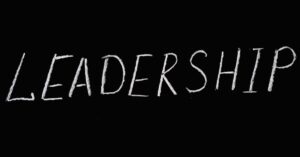- “The 7 Habits of Highly Effective People” by Stephen Covey: This book outlines seven habits that effective leaders possess and provides practical advice for developing these habits.
- “Good to Great” by Jim Collins: This book explores why some companies succeed while others fail and identifies key leadership qualities that are essential for taking an organization to the next level.
- “Leaders Eat Last” by Simon Sinek: In this book, Sinek argues that great leaders prioritize the needs of their team members above their own and create a culture of trust and cooperation.
- “The Art of War” by Sun Tzu: Although originally written for military leaders, “The Art of War” provides timeless wisdom on strategy, leadership, and conflict resolution.
- “Start with Why” by Simon Sinek: This book explains the importance of identifying your “why” or purpose as a leader and how this can help you inspire and motivate your team.
- “Man’s Search for Meaning” by Viktor Frankl: While not specifically about leadership, this book provides a powerful reminder of the importance of finding meaning and purpose in life and how this can drive us to achieve our goals.
- “The Power of Positive Leadership” by Jon Gordon: This book explores the impact of positive leadership on team morale, productivity, and success and provides practical strategies for cultivating a positive mindset as a leader.
- “Leadership and Self-Deception” by The Arbinger Institute: This book argues that self-deception is a major barrier to effective leadership and provides a framework for overcoming this obstacle.
- “The One Minute Manager” by Kenneth Blanchard and Spencer Johnson: This classic book provides practical advice for maximizing your effectiveness as a leader in a short amount of time.
- “Team of Teams” by General Stanley McChrystal: This book explores how the military adapted to new challenges in Iraq by restructuring their leadership approach and creating a more collaborative and adaptable organization.
More Articles You Will Like












